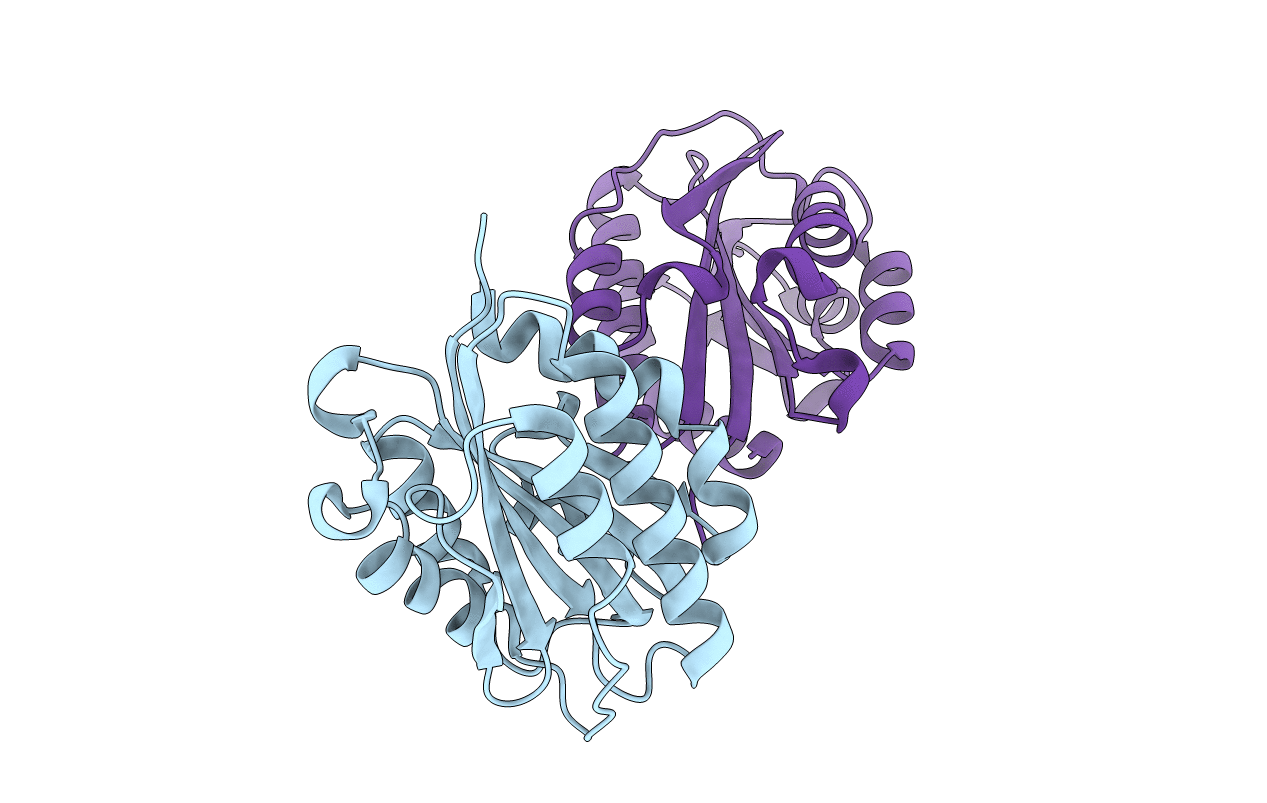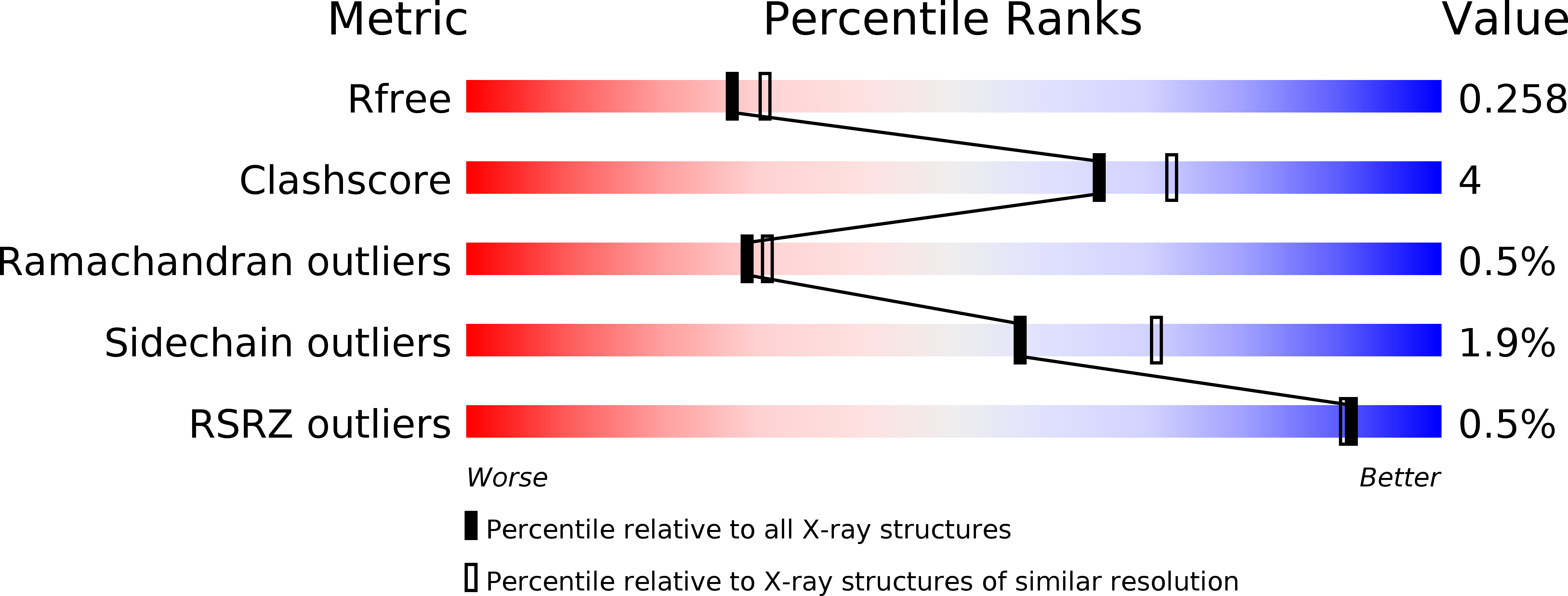
Deposition Date
2019-08-26
Release Date
2020-07-29
Last Version Date
2024-01-24
Entry Detail
PDB ID:
6SNK
Keywords:
Title:
Crystal structure of the Collagen VI alpha3 N2 domain
Biological Source:
Source Organism:
Homo sapiens (Taxon ID: 9606)
Host Organism:
Method Details:
Experimental Method:
Resolution:
2.20 Å
R-Value Free:
0.25
R-Value Work:
0.20
R-Value Observed:
0.20
Space Group:
P 1


